There’s a moment most business owners hit—usually after the third marketing hire quits, or the fifth agency proposal rolls in with numbers that make your stomach flip.
You sit back, stare at your half-finished website, your ghost-town Instagram, and the lead sheet collecting dust—and you wonder, “Do I really need to spend five figures a month just to be seen?”
The short answer? No.
The long answer? You already have what you need to build your own marketing engine. Not in a vague, motivational way. In a real, practical, you-can-do-this-with-what-you’ve-got kind of way.
The truth is, the most consistent results rarely come from flashy campaigns or high-budget creative. They come from rhythm. From choosing a core message. From showing up before the world cares, and letting consistency compound.
You don’t need a big team. You need a clear message, a repeatable process, and the willingness to keep going when it feels quiet.
That’s what this article is about.
Not about shortcuts. Not about viral tricks. Just the bones of what works—told straight from the trenches.
Humble beginnings: what most businesses get wrong early on
It usually starts with panic.
Sales are slow. Visibility’s low. So the instinct kicks in: We need marketing. Now.
The scramble begins—hire a freelancer, book a branding shoot, maybe even call an agency that promises to “take it all off your plate.”
But here’s the truth: skipping the groundwork makes everything harder.
Most businesses rush into marketing like they’re building a house starting with the curtains. They invest in tactics before owning the foundation—what they stand for, who they’re speaking to, and why anyone should care.
They post on five platforms but don’t know what their audience needs.
They buy scheduling tools before they’ve written a sentence worth sharing.
They outsource strategy before ever telling their story in their own words.
It’s not about effort—it’s about direction. You can work 10 hours a day and still feel like nothing’s clicking if you haven’t stopped to ask, What are we actually trying to say?
That’s the turning point.
Instead of reaching for external help too soon, the smarter play is to pause, simplify, and start building rhythm from the inside out. No campaigns. No fluff. Just a raw, honest look at what makes your business worth talking about—and then saying it out loud.
Once you do that, the engine starts humming.
Your message is your engine: build that first
Most people think marketing starts with output. Posts. Ads. Emails. Content calendars.
But without a clear message, those things are noise.
Your message isn’t a tagline. It’s not a vibe. It’s the answer to this: When someone hears from you, what do they remember?
If you’re still figuring that out, good. That’s where the real work begins.
The smartest thing you can do early on is pick one platform and speak like a human. No fancy visuals. No keywords stuffed into every sentence. Just real words for real people. Something specific enough that the right person thinks, Oh. That’s me.
It’s messy at first. You’ll second-guess everything. You’ll hit publish on a post and get two likes. But momentum doesn’t come from applause—it comes from clarity. And clarity only happens when you’ve said the same thing enough times to know it sticks.
One founder we know spent 90 days posting daily on LinkedIn. No sales pitch. Just insights from real conversations with clients. By month three, their DMs weren’t just active—they were qualified. Not because they had a strategy. Because they had a message.
That’s your engine.
Not a content schedule. Not a funnel. A message strong enough to power everything else.
Create once, repurpose smartly
You don’t need to post every day to stay visible. You need one good piece of content—and a plan to stretch it.
This is where most small teams burn out. They think content means starting from scratch each time. A new idea. A new format. A new caption. Every single day.
It’s exhausting. And unnecessary.
Let’s say you record a short, honest voice note for your audience. Something raw. Maybe it’s a story from a recent client win. Maybe it’s a quick tip you’ve seen work in the wild.
That voice note becomes the nucleus.
You turn it into a short blog post.
Pull one strong quote and post it on LinkedIn.
Cut the story into three punchy tweets.
Screenshot one of those tweets and make it an Instagram story.
Record a quick reel explaining the same idea face-to-camera.
Same idea. Different expressions.
The beauty of repurposing isn’t in being everywhere—it’s in sounding consistent no matter where you show up. And more importantly, it’s in respecting your own time.
Content doesn’t have to be complex. It just has to be clear, repeated, and repackaged well.
The loudest brands aren’t always creating more. They’re just using what they already have—better.
Systems over stress: make consistency sustainable
Everyone talks about consistency like it’s a personality trait. Like you either have it, or you don’t.
But consistency isn’t discipline. It’s design.
The people who seem to “always show up” aren’t superhuman. They’ve just built systems that make showing up the default—even on off days.
Take the founder who spends Monday mornings talking into a voice recorder. No script. Just thoughts. Those voice notes get transcribed by an assistant, turned into LinkedIn posts, and scheduled for the week. Done by noon. Every week.
Or the one who writes a single blog post each Thursday, then lets their VA pull out snippets for social posts, emails, and short videos. That’s their whole marketing operation. Simple. Repeatable. Stress-free.
It’s not about automating everything until it sounds robotic. It’s about removing the friction between idea and execution.
When your system supports your creativity instead of smothering it, you stop ghosting your audience. You stop disappearing for weeks. You stop dreading content because it’s always last-minute.
Instead, you start to build something reliable. Not loud. Not flashy. Just steady.
And that’s what people remember.
Grow slow, grow smart: build momentum before complexity
It’s tempting to think more tools will solve the problem.
You start browsing automation platforms. You sign up for scheduling software. You test out CRMs, then start wondering if you need a funnel builder too.
But momentum doesn’t come from stacking tech. It comes from stacking trust.
If you’re getting five likes on your posts, you don’t need a virtual assistant—you need better content. If your email list is cold, you don’t need a nurture sequence—you need a reason for people to care.
Growth starts small. On purpose.
The smartest founders stay scrappy longer than they need to. Not because they love the grind, but because they know what they’re building. They track replies, not reach. Conversations, not clicks. Proof that the engine is working before adding bells and whistles.
Eventually, there’s a shift. You’ve got data. You’ve got traction. That’s when it makes sense to bring in help. Not to find your voice—but to scale the one you already own.
And when that time comes, you’ll know. Because people won’t just be watching. They’ll be responding.
be the engine first — then scale it
Big agencies have their place. But they’re not the reason a brand sticks.
The reason is always the same: someone showed up early, figured out what mattered, and said it out loud—again and again—until it landed.
That’s the real engine. Not the size of your team. Not the budget behind your ads. It’s the commitment to saying something worth hearing and building the rhythm to say it often.
So if you’re here, still scrapping things together with a Google Doc and a half-used Canva account, you’re not behind. You’re just early.
Keep showing up. Keep it simple. Build slow, but build with intention.
Because what you create now, in this quiet stretch, becomes the system that runs while you sleep.
That’s not a fantasy. That’s just what happens when you start acting like the engine instead of waiting for someone else to build it for you.




